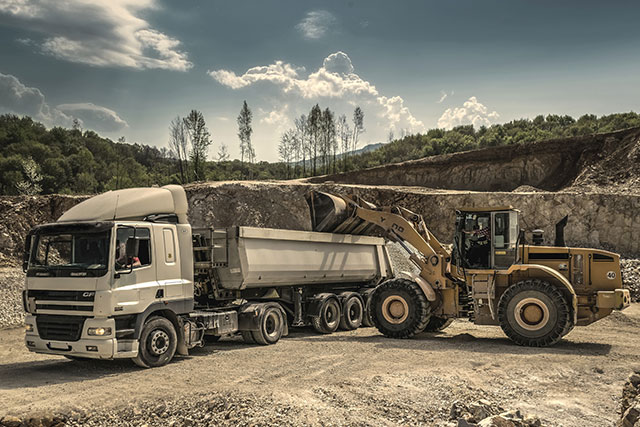In recent years, companies have witnessed many improvements in logistics and transportation, making it easier to deliver items to different locations. Getting behind the wheel of a transport vehicle is not a walk in the park as it brings danger and when large loads are added to the mix, the risks of harm and getting injured on the job are significantly increased. Hauling such large loads is burdensome and stressful as there are plenty of elements to bear in mind, including traffic, weather conditions, and different hazards on the roads.
Table of Contents
How to Prevent Accidents on the Road

This is why every driver of heavy vehicles must be armed with proper safety measures to improve the experience and ensure greater safety. In this post, we share 5 tips on how to prevent accidents when transporting large loads.
Plan the Route
Planning the route is a must when transporting large loads. Fortunately, modern technologies can be used to do it better and much smarter today. Logistics and route-planning tools can be utilized to do research on the traffic, possible hazards, weather conditions, and many other aspects that might come across on an open road.
What’s even more important is to ensure that drivers have a set of contingencies handy as it will allow them to pick out alternate routes or roadways as one cannot predict what may happen. Whether it’s the initial choice or an alternative, each route plan should include information about the times of travel, delays, fueling, and break locations.
It’s essential to consider every possible factor when planning the route. The lack of a stringent refueling plan can increase transportation costs and force drivers to go out of their way or choose fueling stations that are overpriced or far from adequate.
Know and Use the Right Special Markings
Large loads are a danger to other drivers that are using the road so you must always make sure to follow specific operating procedures when hauling heavy or oversized loads. Drivers should also use special markings to alert and signal other drivers to carry on with caution.
Every state has different requirements for which special markings are necessary but most of them use the same ones. The most common ones used on large and heavy loads are 12 or 18 –inch square orange or red warning flags to use during daytime travels, whip flags designed to help identify vehicles, equipment, or important locations at work sites, oversized banners with a yellow background that is visible to other road users, red lights for hauling at night, and flashing amber lights on top of the cab.
Consider Weather Conditions

It doesn’t matter if drivers use their smartphones or listen to the weather forecast on the radio, they should always be informed about the local weather and any upcoming changes in the weather forecast. Before they hit the road, the entire forecast should be referenced and recorded. In addition, any updates or changes should also be observed throughout the journey.
Some large loads cannot be exposed to poor weather conditions so it’s important to avoid rainy, overcast, or humid areas.
Transporting large loads should not take place in extreme weather conditions, except if there is a major emergency. If possible, find a rest spot and wait for the storm to pass, and get back on the road when it’s safe to drive again.
Use the Correct Securement
When transporting large loads, it is vital to keep the items, pieces or components locked down and secured. There are countless different types of fastening devices, anything from ropes to straps and binders. They are not always ideal for certain loads or gear and it is left to the driver to know which securement tools are most suitable for a particular load. Using the wrong devices can lead to catastrophic consequences like the load falling off the trailer or transport.
Do not forget to regularly inspect these devices to ensure that they are working properly and have not been damaged in any way. This should be performed both before and after a haul and make sure to replace any broken or failing devices right away.
Drive Defensively

Driving defensively is important when hauling large loads. This doesn’t mean that drivers should go slowly but it’s rather about remaining in lanes intended for trucks and driving at the recommended speed limit.
During travel, drivers should regularly check their speed and maintain a safe stopping distance far enough from other vehicles nearby.
Final Words
Planning the route ahead of time, knowing special markings, and using the right securement are just some of the ways to secure the success while transporting large loads, prevent accidental load losses and mitigate any risks of serious injuries.













